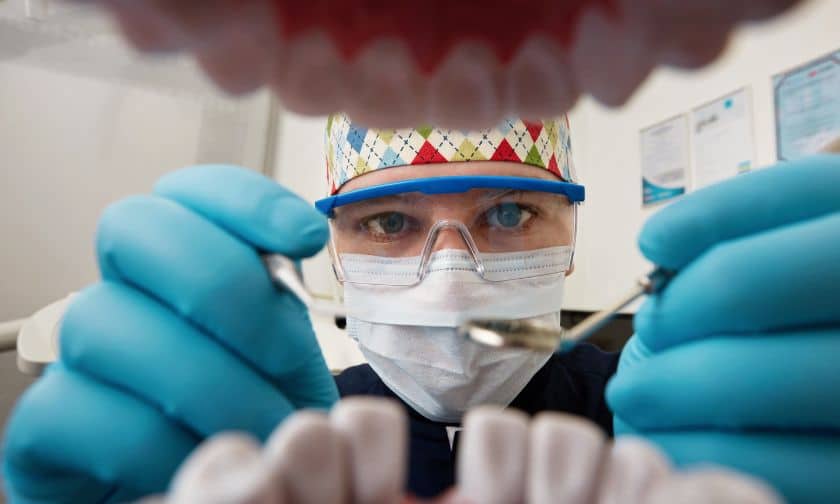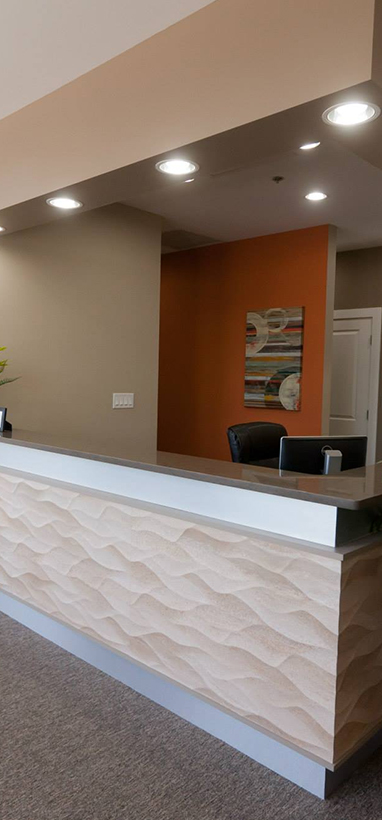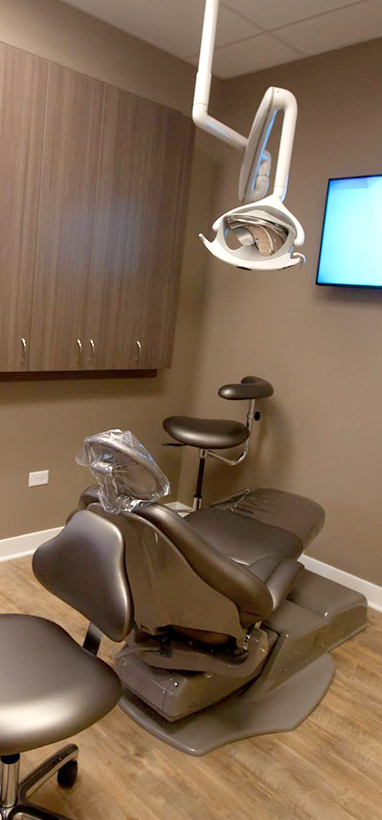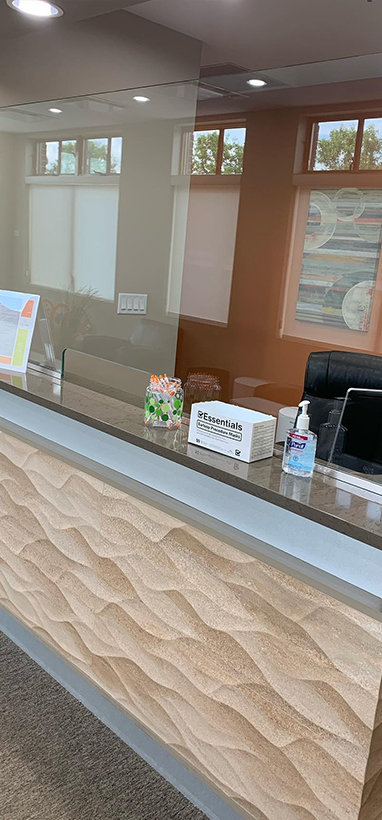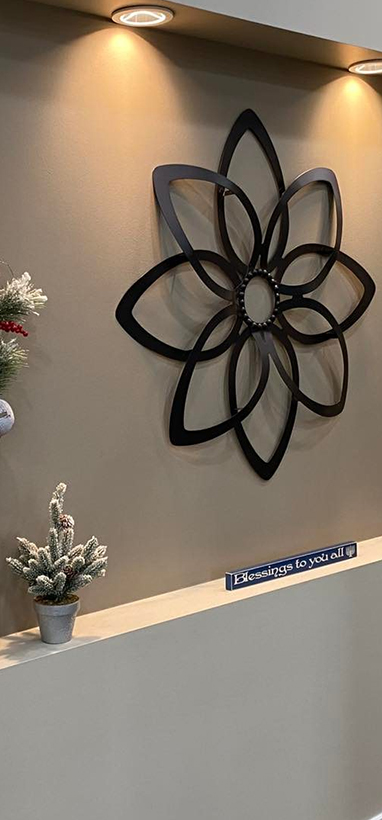1516 Legacy Cir, Naperville, IL 60563
The Healing Process After Bone Graft

Bone grafts are a crucial aspect of orthopedic and dental procedures, offering a solution to a myriad of issues ranging from fractures to dental implants. The healing process after a bone graft is a topic of significant interest and concern for those undergoing these procedures. Understanding the timeline and factors influencing the recovery is essential for both patients and healthcare professionals. In this blog, we will delve into the intricacies of bone graft healing. We’ll also explore the various stages and aspects that contribute to the overall recovery timeline.
What is a Bone Graft?
A bone graft is a surgical procedure that involves transplanting bone tissue to repair or rebuild bones that have been damaged or lost. In dentistry, bone grafts are commonly used to enhance the strength and structure of the jawbone, particularly when preparing for dental implants. The bone tissue used in grafts can come from the patient’s own body, a donor, or synthetic materials.
When a tooth is lost or extracted, the surrounding bone may begin to deteriorate over time. This can result in a weakened jawbone, making it challenging to support dental implants securely. Bone grafts play a crucial role in ensuring that the jawbone remains strong and stable, providing a solid foundation for successful dental implantation.
Conditions that Bone Grafts Can Fix
Bone Augmentation for Dental Implants
One of the primary applications of bone grafts is in bone augmentation, preparing the jawbone for dental implant placement. When a tooth is lost or extracted, the surrounding bone may require enhancement. It helps to ensure it has the necessary density and strength to support a dental implant securely. Bone grafts fill in voids and strengthen the bone. As a result, it provides an ideal foundation for successful implantation.
Correction of Jaw Deformities
Some individuals may have congenital jaw deformities that affect their bite, facial appearance, and overall oral function. Bone grafts can be employed to reshape and rebuild the jawbone. As a result, it helps correct deformities and enhances both the aesthetic and functional aspects of the face.
Stabilization of Loose Teeth
When teeth become loose due to weakened bone support, bone grafts can help stabilize and strengthen the surrounding bone. This prevents further tooth mobility and contributes to a more stable and functional dentition.
How Long Does it Take for a Bone Graft to Heal?
Initial Healing Phase (First Few Weeks)
The initial phase spans the first few weeks after the bone graft procedure. It’s focused on preventing infection and allowing the graft to integrate with the existing bone. During this time, it’s essential to follow postoperative care instructions diligently. This includes prescribed medications and oral hygiene practices. Patients may experience some swelling and discomfort, which gradually subside as the healing progresses.
Early Bone Formation (First Three Months)
Within the first three months, the bone graft undergoes a process called osteoconduction, where new bone cells start to form on the graft material. This early bone formation is critical for the graft’s stability and integration with the surrounding bone. While patients may start to notice improvements in their symptoms during this period, it’s important to refrain from putting excessive stress on the treated area.
Maturation and Remodeling (Three to Six Months)
The subsequent three to six months mark a crucial phase in which the newly formed bone continues to mature and remodel. During this time, the graft becomes more solid, and its structure further aligns with the surrounding bone. Patients should continue to adhere to aftercare instructions and attend follow-up appointments to monitor the progress of the healing.
Full Integration (Six Months to a Year)
Achieving full integration of the bone graft with the existing bone typically takes six months to a year. The treated area becomes more stable, and the graft’s success is assessed through imaging techniques such as X-rays. Dental professionals closely monitor the healing process. This helps them to ensure that the patient’s oral health is progressing as expected.
Impact of Adjacent Teeth
The proximity of the bone graft to adjacent teeth can influence the healing process. If there are natural teeth nearby, their health and condition can impact the overall stability and success of the bone graft. Regular dental check-ups and proper oral hygiene are crucial for maintaining the health of neighboring teeth during the healing period.
Follow-Up Appointments and Monitoring
Regular follow-up appointments with the dentist are essential throughout the healing period. These appointments allow the dental team to assess the progress of the bone graft, address any concerns, and provide guidance on maintaining optimal oral health. Patients should communicate any unusual symptoms or changes they experience during the healing process.
Aftercare Tips for Speedy Recovery
Implementing proper aftercare measures is crucial to ensure a speedy recovery and promote optimal integration of the bone graft with the existing bone. Here are essential aftercare tips:
Follow Prescribed Medications
Adherence to prescribed medications, such as antibiotics or pain relievers, is crucial in preventing infection and managing discomfort. Take medications as directed by your dentist Naperville to support the initial healing phase and minimize any potential complications.
Practice Excellent Oral Hygiene
Maintaining good oral hygiene is paramount during the healing process. Gently brush your teeth using a soft-bristle toothbrush, avoiding the treated area. If prescribed, use an antimicrobial mouthwash to keep bacteria at bay. Oral hygiene contributes to overall healing and prevents infections that could jeopardize the success of the bone graft.
Avoid Disturbing the Graft Site
Minimize disturbances to the graft site by refraining from touching or probing the area with your fingers, tongue, or any objects. Avoid vigorous rinsing or spitting, especially in the initial days after the procedure. These precautions prevent dislodging the graft material and support the early stages of healing.
Modify Diet for Comfort
Stick to a soft or liquid diet in the days following the bone graft procedure. Avoid excessively hot or cold foods, as extreme temperatures can irritate the treated area. Opt for nutrient-rich, easy-to-chew foods to support overall health while minimizing stress on the jawbone.
Apply Cold Compresses
To alleviate swelling and minimize discomfort, apply cold compresses to the external area of the face in the first 24 hours after the procedure. Use a cloth-wrapped ice pack for short intervals, taking breaks to prevent frostbite. Cold compresses can help reduce swelling and enhance your overall comfort.
Stay Hydrated
Adequate hydration is essential for healing. Drink plenty of water, as it supports overall health and aids in the recovery process. Avoid excessive consumption of caffeinated or sugary beverages, as they can potentially hinder the healing of the graft site.
The duration of bone graft healing is a multifaceted journey influenced by numerous factors, such as the type of graft, the location of the graft site, the patient’s overall health, and adherence to postoperative care instructions. However, it takes time to pinpoint an exact timeframe for everyone. So, a general understanding of the stages involved and factors can empower individuals undergoing bone graft procedures. Remember, the healing journey is unique to each individual, and the best results often stem from a combination of medical expertise and dedicated self-care.



